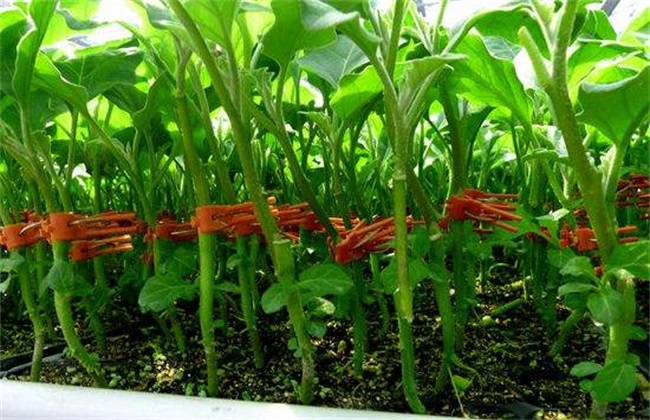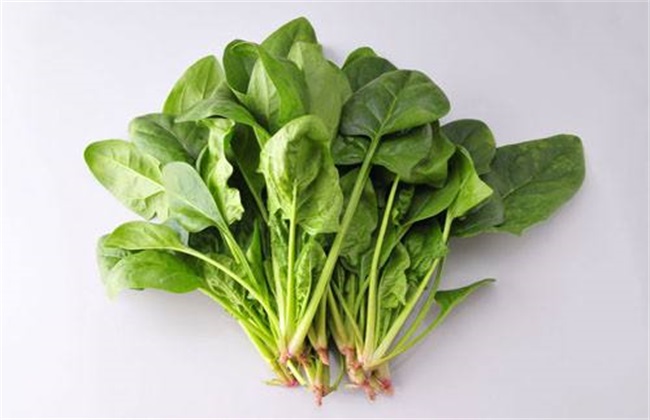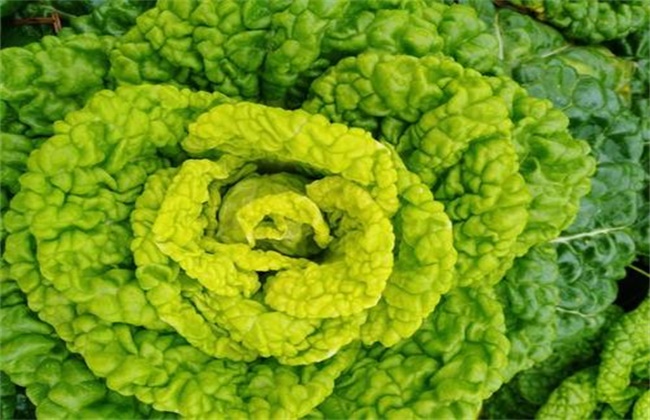Management techniques of grafted eggplant seedlings
Eggplant is a very popular melon vegetable in our daily life. The market demand is relatively large, so now the planting area of eggplant is also relatively wide, when planting eggplant, the common breeding method is generally grafting. Eggplant should pay attention to good management after grafting, so how should it be managed? The following editor brings you the management technology of eggplant grafted seedlings, let's have a look!

1. Temperature control
Eggplant seedlings should control the temperature after grafting, and the appropriate temperature should be kept at about 25 degrees to promote wound healing. The temperature of the seedbed should be controlled at about 25 degrees within 4 days, and the maximum should not exceed 28 degrees. At night to maintain a proper temperature difference between day and night, the temperature should be controlled at about 21 degrees, the lowest should not be less than 16 degrees. Temperature is very important for the growth and development of eggplant grafted seedlings, and it is also the key to ensure wound healing after eggplant seedlings are grafted. Therefore, after grafting, we must pay attention to control the temperature to ensure the normal growth of grafted seedlings.
2. Humidity adjustment
Humidity is also the key to the success of grafted seedlings. Similarly, the humidity of the seedbed should be controlled at about 92% in the small arch shed in the first 4 days, and then the temperature can begin to cool down on the fifth day. The cooling method can be mainly ventilated, but the humidity should also be kept at about 85%. Because the water requirement of grafted seedlings is relatively high. Under the suitable humidity environment, the growth rate of grafted seedlings will be accelerated, and the growth ability will also be strengthened. And it is also very beneficial to blossom and bear fruit in the later stage, so the control of humidity can not be ignored.
3. Shading management
In the grafting seedling stage, we should pay attention to do a good job of shading, shading can be covered with grass curtains on the small arch shed. If it is cloudy, then there is no need for shading. Full shading treatment should be carried out within 3 days after grafting, and then start in 4 days, and light can be provided appropriately in the morning and evening every day. However, shading should still be carried out at noon, and then the shading can be removed appropriately with the passage of time.
When the temperature is relatively low, you can appropriately advance the time for eggplant to see light, increase the surrounding temperature, and promote the wound to heal as soon as possible. On the contrary, if the temperature is high, shading must be done at noon to prevent the seedlings from being exposed to direct sunlight. Under normal management, the interface will all heal after about half a month. After healing, the clip can be removed and managed normally. When the grafted rootstock grows lateral buds, it should be erased in the sunny morning to avoid consuming too much nutrients and prevent the wound from being invaded by soil surface bacteria.
The above is a brief introduction to the management technology of eggplant grafted seedlings. That's all for today's introduction. This article is for reference only. I hope it can help you all.
Related
- Where is it suitable to grow horseradish in China? it is expected to see the middle altitude horseradish in Alishan.
- How to prevent tomato virus disease reasonably? (Control methods included)
- Many people like to plant towel gourd on the balcony. What are the main points of this method and management?
- What crops can chili peppers be mixed with?
- Fertilization techniques and matters needing attention in Tomato
- What are the grafting techniques for peach seedlings in spring?
- Harm and control methods of root swelling disease of Chinese cabbage
- What are the pests of sweet potatoes? How to prevent and cure it?
- Symptoms, causes and Control methods of navel Rot in Tomato
- The cause of "Cucumber rotten bibcock" in Farmers' planting Cucumber and its Control Plan



